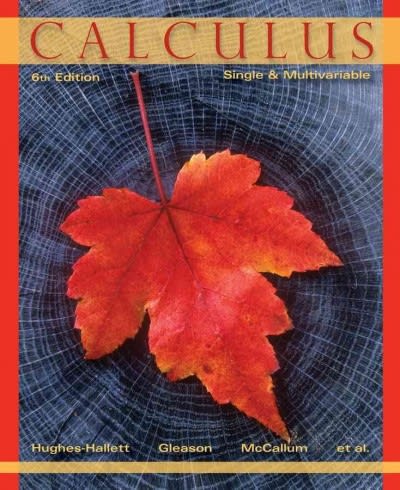Question
A researcher is investigating how observation of others might help five-year-old children solve a spatial reasoning puzzle. There are three samples of children in the
A researcher is investigating how observation of others might help five-year-old children solve a spatial reasoning puzzle. There are three samples of children in the experiment:
- An 'observer' group that watches an experimenter solve the puzzle, then tries the puzzle.
- An 'exposure' group that simply gets to look at the puzzle for a period of time before trying it.
- A 'no-exposure' group that is given the puzzle without any previous exposure at all.
The researcher performs three two-sample t-tests to compare the mean time to complete the puzzle between the observer and exposure groups; between the exposure and no-exposure groups; and between the observer and no-exposure groups. The difference between the 'observer' and 'no-exposure' groups is significant (p < .05). The researcher concludes that there are real differences among the groups. What is wrong with the researcher's conclusion?
Select one:
a.
The power of the experiment to detect differences between the three groups is unacceptably low.
b.
Running multiple t-tests results in an inflated Type I error rate; the researcher should have run a one-way ANOVA to see if the group means are significantly different.
c.
The researcher should have performed matched pairs t tests rather than two-sample t tests.
Step by Step Solution
There are 3 Steps involved in it
Step: 1

Get Instant Access to Expert-Tailored Solutions
See step-by-step solutions with expert insights and AI powered tools for academic success
Step: 2

Step: 3

Ace Your Homework with AI
Get the answers you need in no time with our AI-driven, step-by-step assistance
Get Started


